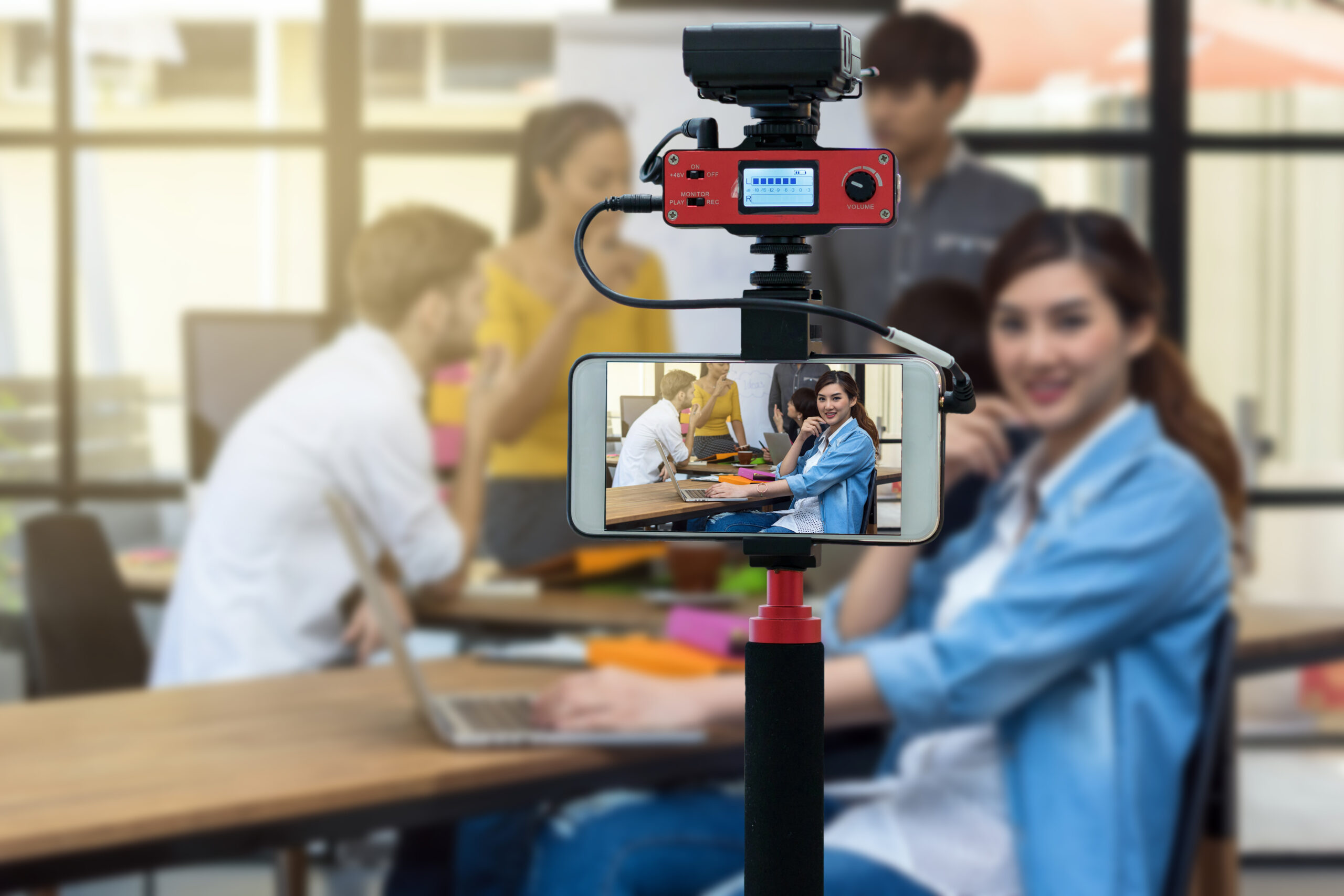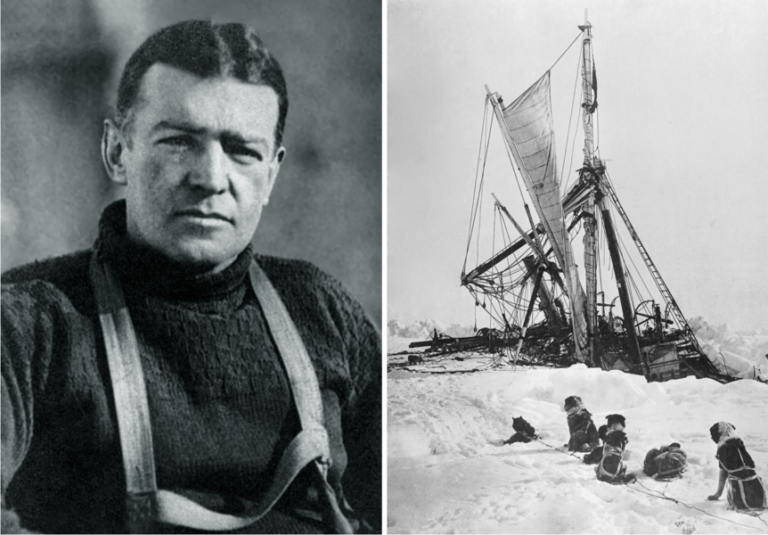
Leading in times of crisis: How healthy optimism works
Crises are as much a part of business as stormy weather at sea. But what if the storm lasts longer? 3 impulses for strong leadership in a crisis.

Many conferences are currently taking place online. This will change the way we organize events in the long run. Hybrid events in particular have great advantages. How to manage the mix of live and online elements?
Instead of filling large arenas, hybrid conferences bring together smaller numbers of performers and viewers. The vast majority of the audience follows the event online. This concept is much more than a fallback solution. Besides saving resources, it reaches many more people through digital media than traditional live events. Costs for travel, accommodation and catering are reduced, as are CO2 emissions. Recorded talks, panel discussions, Q&As and other contributions can be transmitted in real time, and additionally shared via the company’s own websites as well as social media. High quality content can have a long-lasting impact on the web. However, these benefits will only bear fruit if event organizers prepare and implement the digital part very carefully. Compared to live events, this entails some new tasks. What needs to be considered?
1. Scheduling additional days
People don’t want to watch lectures on screen from dawn to dusk. What can be packed into one day of live programming should be divided into smaller units over several days. Offering different focus topics will allow participants to pick their favorites.
2. Switching from “mute” to dialog
How do you get into a conversation with conference speakers if you watch an event online? The obvious solution is a moderated chat: The event team screens questions and comments before passing on selected messages to the moderator. If the focus is exclusively on information, other dialog formats are more suitable, virtual booths, for example, which can be explored interactively. Those who want to find out more can enter a chat room and discuss their questions with experts.
3. Facilitating informal interaction
Virtual reality and chats on specific topics can’t replace one thing: the networking that comes naturally during breaks or at an evening event. However, casual encounters can also take place online, for example via the Chatroulette for Conferences platform.
4. Turning the location into a studio
A professional video stream can be compared to a TV production. Stage construction, technology, make-up, camera, sound, editing and direction belong in the hands of pros. A three-day event with six hours program each can easily employ 20 set workers.
5. Briefing and supporting speakers
Even seasoned presenters need detailed guidance before attending a hybrid conference. For instance, if you are taking a seat on stage in front of a green screen you should not wear green clothing on the day. Also, webcam switches go wrong more often than you might expect: speakers may use poor equipment, struggle with the conference tool, sit back to the window, etc. Organizers should therefore offer a rehearsal in advance. Don’t forget: Even if there is no audience, there should be a small supporting program – the speakers and the video crew will be very pleased about the entertainment.

Crises are as much a part of business as stormy weather at sea. But what if the storm lasts longer? 3 impulses for strong leadership in a crisis.

He conveyed confidence in a desperate situation: British polar explorer Ernest Shackleton and his team survived a two-year battle for survival in the Southern Ocean. What can leaders learn from him in times of crisis?

Getting an IT project across hundreds of organizational units to the finish line? Our colleague Mathis takes a sporty approach. In our interview, he tells us what excites him about project management as a consultant and why he goes to the boxing ring to compensate.
2021 Grosse-Hornke Private Consult